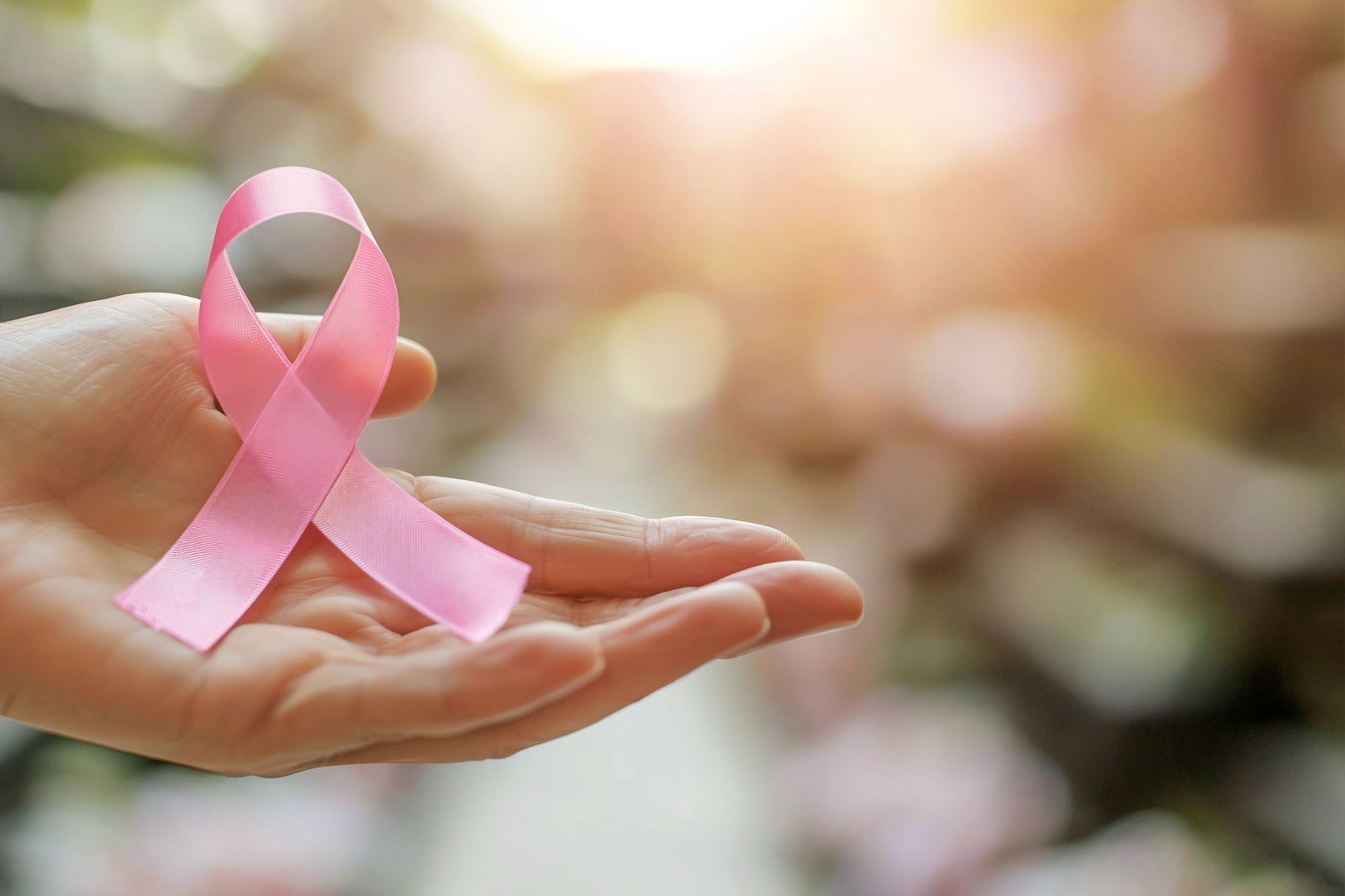Preventing skin cancer is crucial, especially in countries like Australia with high levels of ultraviolet (UV) radiation. By adopting sun-safe practices and being vigilant about skin health, you can reduce your risk of developing this common and potentially serious condition.
Understanding UV Radiation in Australia
Australia experiences some of the highest levels of UV radiation in the world due to its geographical location and climate. UV radiation levels vary throughout the year but are particularly intense during the summer months.
Key Points:
- UV Index: The UV Index in Australia can reach extreme levels, especially between 10 a.m. and 4 p.m.
- UV Awareness: Understanding the daily UV Index and taking appropriate sun protection measures is essential.
Sun Protection Strategies
Use of Sunscreen
- Broad-Spectrum Protection: Use sunscreen with a sun protection factor (SPF) of 30 or higher that provides broad-spectrum protection against both UVA and UVB rays.
- Application: Apply sunscreen generously to all exposed skin 20 minutes before going outdoors, and reapply every 2 hours or immediately after swimming, sweating, or towel drying.
Protective Clothing
- UPF Clothing: Wear clothing that covers as much skin as possible, including wide-brimmed hats, sunglasses with UV protection, and long-sleeved shirts and pants made from tightly woven fabrics.
- Seek Shade: Seek shade, especially during peak UV radiation hours (10 a.m. to 4 p.m.), and use umbrellas or other shade structures when outdoors.
Avoidance of Tanning Beds
- UV Radiation Exposure: Avoid using tanning beds and sunlamps, which emit UV radiation that can damage the skin and increase the risk of skin cancer.
- Regulations: In Australia, regulations are in place to restrict minors’ access to tanning beds due to the associated health risks.
Regular Skin Examinations
- Self-Examinations: Perform regular self-examinations of your skin to monitor for any new moles, changes in existing moles, or other suspicious lesions.
- Dermatologist Visits: Schedule annual skin checks with a dermatologist or healthcare provider, particularly if you have a family history of skin cancer or other risk factors.
Community and Workplace Initiatives
- Public Awareness Campaigns: Support and participate in community initiatives promoting sun safety and skin cancer awareness, such as SunSmart campaigns.
- Occupational Health: Employers can implement workplace policies and practices that promote sun protection for outdoor workers, including provision of sun-protective clothing and shaded rest areas.
Skin cancer prevention is a shared responsibility that requires proactive measures from individuals, communities, and workplaces. By prioritizing sun protection, regular skin examinations, and supporting public health initiatives, we can reduce the incidence of skin cancer and promote healthier lives.

